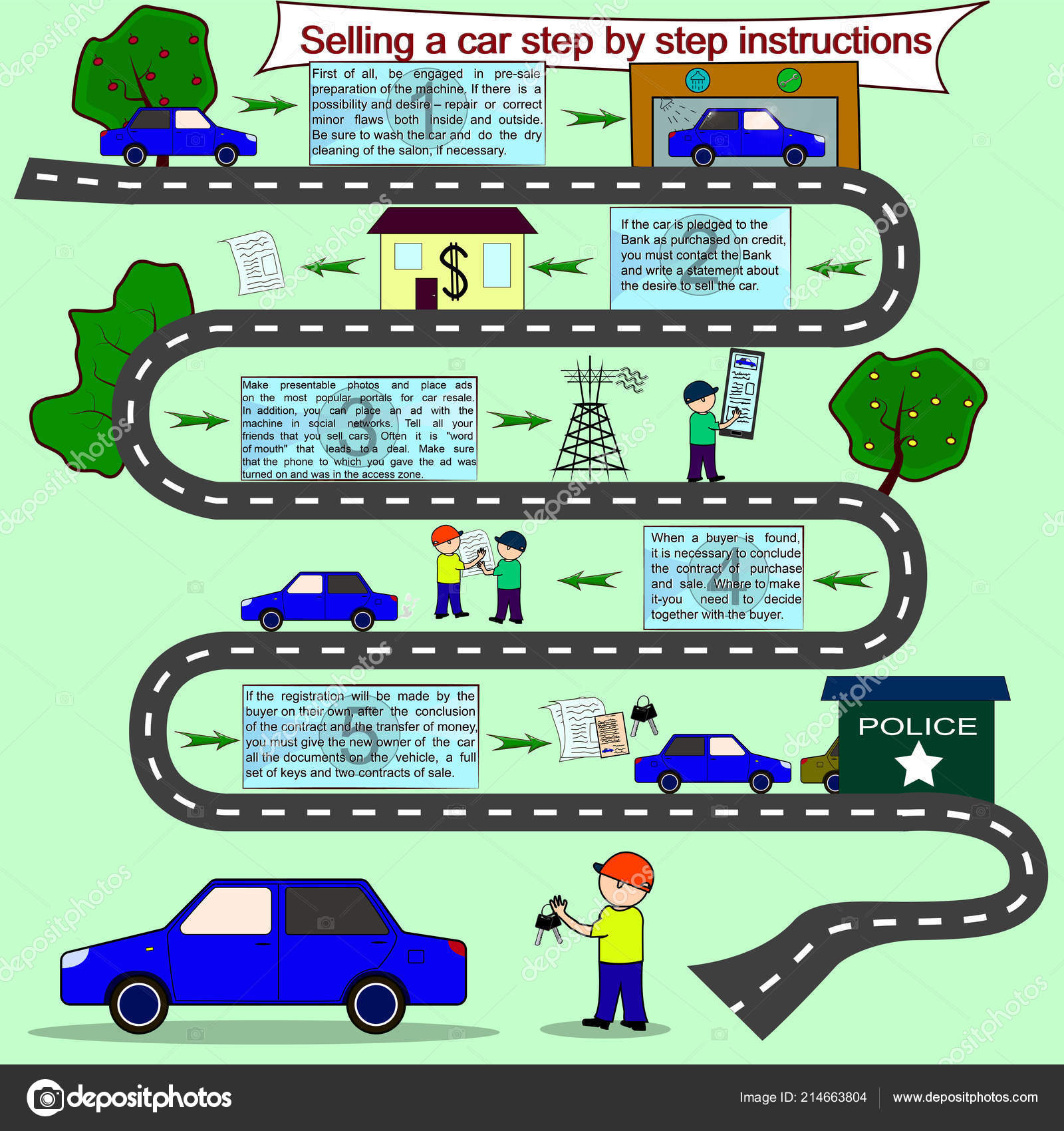When you lag the wheel, those beautiful warning lights on your dashboard can be a little bit bewildering. Do you understand what they're attempting to inform you concerning your automobile's wellness? Comprehending the relevance of these lights is important for your safety and security and the long life of your automobile. So, the following time one of those lights pops up, wouldn't you wish to decipher its message properly and take the necessary actions to address it?
Common Warning Lights and Interpretations
Determine usual warning lights in your vehicle and recognize their definitions to ensure risk-free driving.
One of the most regular caution lights include the check engine light, which signifies problems with the engine or exhausts system. If this light begins, it's critical to have your vehicle inspected promptly.
The oil pressure warning light indicates low oil stress, calling for instant focus to prevent engine damages.
A blinking battery light may recommend a damaged charging system, potentially leaving you stranded if not resolved.
The tire stress tracking system (TPMS) light alerts you to reduced tire stress, impacting lorry stability and gas performance. Neglecting detail car wash near me can lead to hazardous driving problems.
The abdominal light shows a trouble with the anti-lock braking system, jeopardizing your ability to stop promptly in emergencies.
simply click the up coming internet site but not least, the coolant temperature cautioning light warns of engine overheating, which can cause extreme damages otherwise fixed promptly.
Understanding these common caution lights will help you address concerns immediately and preserve secure driving conditions.
Importance of Prompt Interest
Recognizing the common caution lights in your vehicle is just the primary step; the relevance of promptly addressing these warnings can not be highlighted enough to ensure your security when traveling.
When a warning light illuminates on your dashboard, it's your car's way of communicating a possible issue that requires attention. Overlooking these warnings can cause more serious issues in the future, endangering your safety and potentially costing you extra in repairs.
Trigger attention to cautioning lights can prevent failures and crashes. For instance, a flashing check engine light can indicate a misfire that, if left unattended, could cause damage to the catalytic converter. Resolving this promptly can save you from a costly repair service.
Similarly, a brake system warning light may indicate reduced brake liquid or worn brake pads, important parts for your safety and security when driving.
DIY Troubleshooting Tips
If you see a warning light on your control panel, there are a few do it yourself fixing ideas you can try prior to looking for specialist aid.
The first step is to consult your vehicle's guidebook to recognize what the details caution light shows. Sometimes car groomers near me can be as basic as a loosened gas cap setting off the check engine light. Tightening the gas cap might solve the trouble.
One more common concern is a reduced battery, which can set off numerous alerting lights. Checking the battery connections for deterioration and ensuring they're safe and secure might repair the issue.
If a warning light lingers, you can try resetting it by separating the auto's battery for a couple of mins and afterwards reconnecting it. Additionally, inspecting your car's fluid degrees, such as oil, coolant, and brake fluid, can assist fix warning lights related to these systems.
Final thought
In conclusion, recognizing your cars and truck's warning lights is necessary for maintaining your automobile running smoothly and securely. By quickly attending to these notifies and understanding what they indicate, you can prevent costly fixings and prospective malfunctions.
Keep in mind to consult your auto's manual for certain information on each alerting light and act as necessary to make certain a trouble-free driving experience.
Stay notified, remain safe when traveling!
